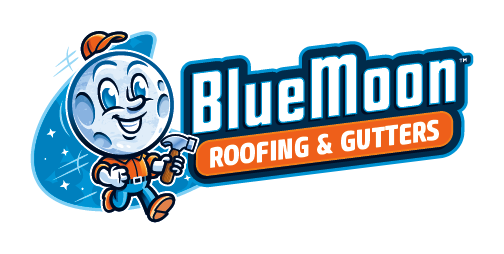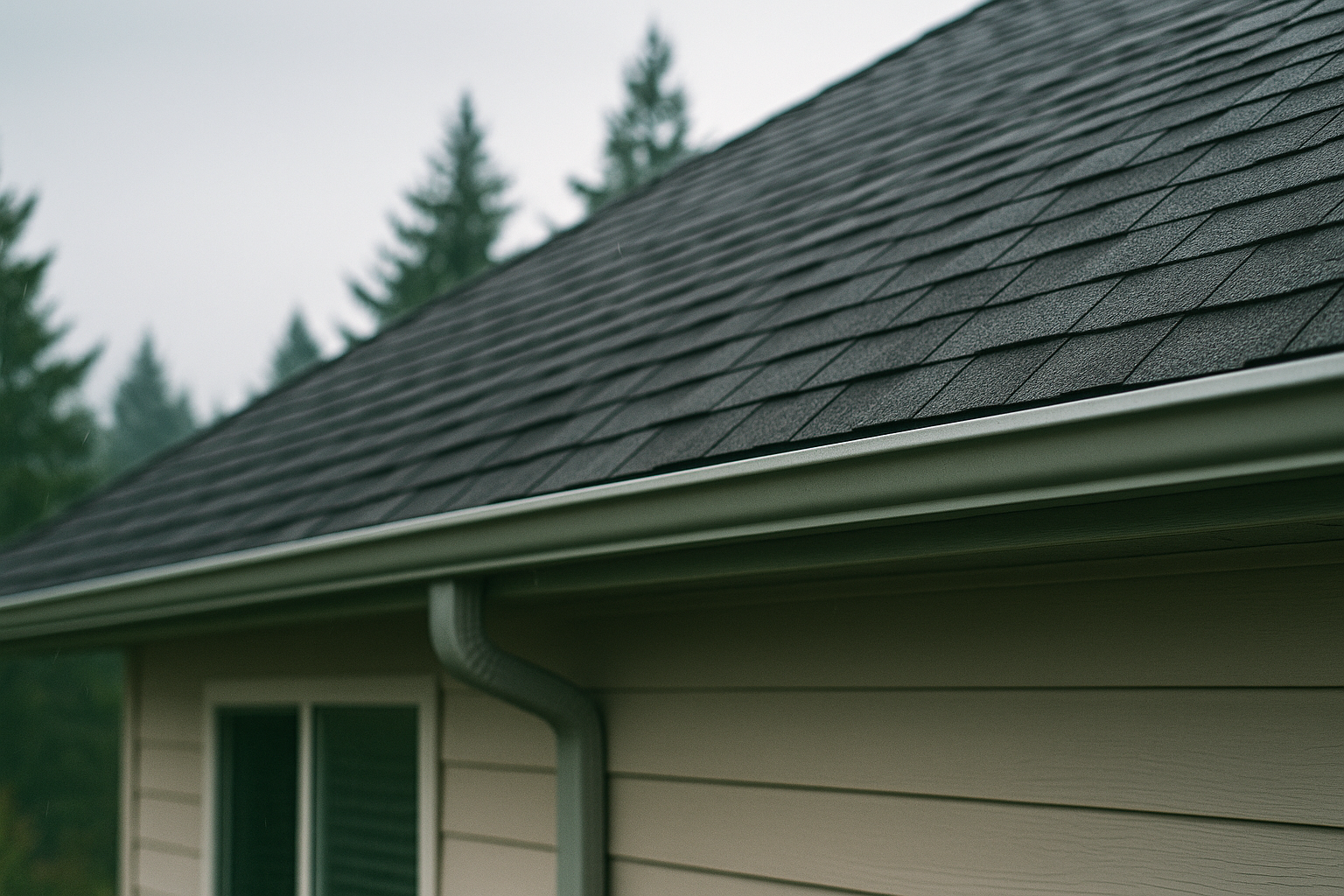Why Every Oregon Homeowner Needs an Annual Roof Inspection
Your roof is your home’s first line of defense against Oregon’s rain, wind, and seasonal storms. In Portland and surrounding areas, roofs endure:
- 150+ rainy days per year
- Freeze-thaw cycles that cause shingles to crack
- Moss growth from persistent shade and humidity
An annual roof inspection isn’t just a “nice to have” — it’s a critical part of protecting your home’s structure, resale value, and safety.
Quick Fact: The National Roofing Contractors Association recommends at least one professional inspection per year — two if your home is in a high-rainfall region like western Oregon.
Benefits of an Annual Roof Inspection
- Early Problem Detection — Prevent costly emergency repairs.
- Extended Roof Lifespan — Maintenance can add years to your roof’s service life.
- Insurance & Warranty Compliance — Many policies require proof of inspections.
- Energy Efficiency — Identify and fix ventilation issues to reduce heating/cooling costs.
- Resale Value Boost — Homes with documented roof maintenance sell faster and at higher prices.
The Complete Oregon Roof Inspection Checklist
1. Safety First
Before you inspect your roof:
- Wear slip-resistant footwear.
- Use a sturdy ladder with a stabilizer.
- Avoid roof walking unless trained.
- Use binoculars or a drone for initial checks.
Pro Tip: Most accidents happen when homeowners climb onto the roof without proper safety gear. Leave roof-walking to professionals.
2. Exterior Roof Surface
| Element | What to Look For | Common Oregon Issues |
| Shingles | Missing, cracked, curling edges | Wind damage, moss growth |
| Granules | Excess granules in gutters | Accelerated wear from rain |
| Flashing | Rust, gaps, bent metal | Water leaks near chimneys/skylights |
| Moss/Algae | Green or black streaks | Damp, shaded roofs |
| Sealant | Cracks, peeling | UV degradation |
3. Gutters and Downspouts
- Remove debris to prevent overflow.
- Check for sagging or detachment.
- Ensure downspouts extend 5 feet or more from the foundation.
Why It Matters: Oregon’s rainfall can quickly overwhelm clogged gutters, leading to fascia rot and basement leaks.
4. Roof Penetrations
- Check flashing around chimneys, skylights, and vents.
- Inspect sealants for cracking.
- Ensure skylights are leak-free.
5. Attic Inspection
- Look for water stains, mold, or musty odors.
- Check insulation for dampness.
- Ensure proper airflow to prevent condensation.
6. Structural Check
- Sagging ridges = possible structural failure.
- Uneven planes may indicate foundation issues.
- Damaged soffits/fascia can invite pests.
Oregon Seasonal Roof Care Calendar
| Season | Key Tasks |
| Fall | Clean gutters, check flashing before rainy season |
| Winter | Watch for ice dams & heavy snow |
| Spring | Moss treatment, post-storm inspection |
| Summer | Repair UV damage, reseal flashing |
Myth vs. Fact: Roof Inspections
| Myth | Fact |
| “New roofs don’t need inspections” | Even new roofs can suffer storm damage or installation errors. |
| “If I don’t see a leak, my roof is fine” | Many leaks start small and remain hidden until major damage occurs. |
| “DIY inspection is enough” | Professionals spot subtle damage you might miss. |
Quick Maintenance Tips
- Trim overhanging branches to reduce debris buildup.
- Install zinc strips to deter moss growth.
- Inspect after storms for missing shingles or flashing damage.
Glossary: Roof Inspection Terms
- Flashing — Thin metal used to seal roof penetrations.
- Granules — Coating on asphalt shingles that protect against UV rays.
- Underlayment — Waterproof barrier beneath shingles.
- Valley — The “V” shaped channel where two roof slopes meet.
- Ice Dam — Frozen buildup that prevents proper drainage.
FAQs
Q1: How much does a professional roof inspection cost in Oregon?
A: Typically between $150 and $400, depending on roof size, slope, and inspection depth.
Q2: How often should I inspect my roof?
A: Once annually, plus after major storms.
Q3: Can I inspect my own roof?
A: You can visually inspect from the ground, but walking on the roof should be left to professionals for safety.
Q4: What is the best time of year for an inspection?
A: Late summer to early fall — before heavy rains begin.
Q5: Does moss always mean my roof is damaged?
A: Not always, but moss traps moisture that can cause long-term shingle damage. Removal is recommended.
Blue Moon Roofing’s Annual Roof Care Program
Includes:
- Professional roof inspection before rainy season.
- Gutter cleaning.
- Moss treatment.
- Priority scheduling for repairs.
Ready to Protect Your Roof?
Schedule your annual roof inspection with Blue Moon Roofing & Gutters today. Call [503]-616-5995 or visit bluemoonroofs.com to book your spot.
 Call Now
Call Now Get In Touch
Get In Touch

